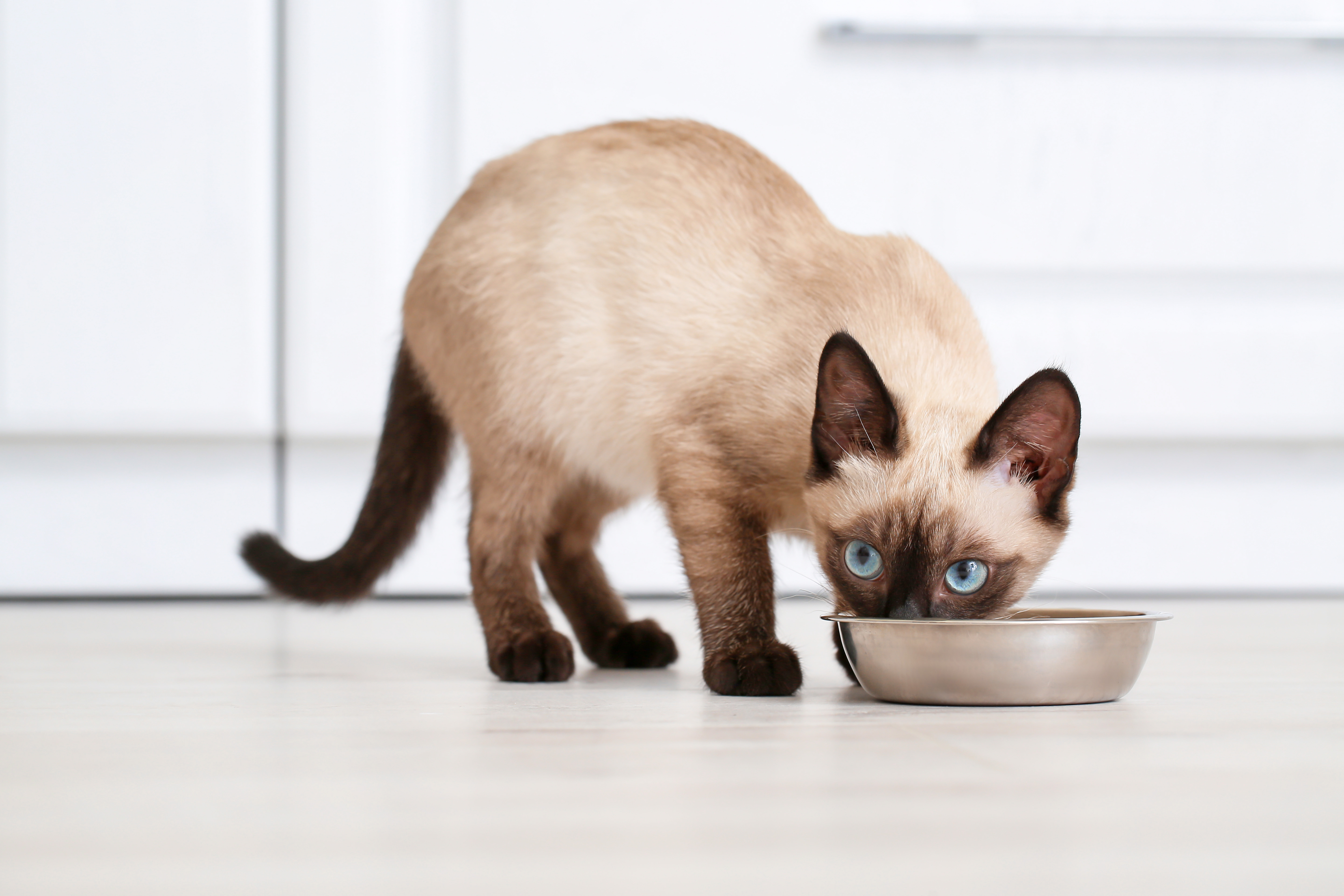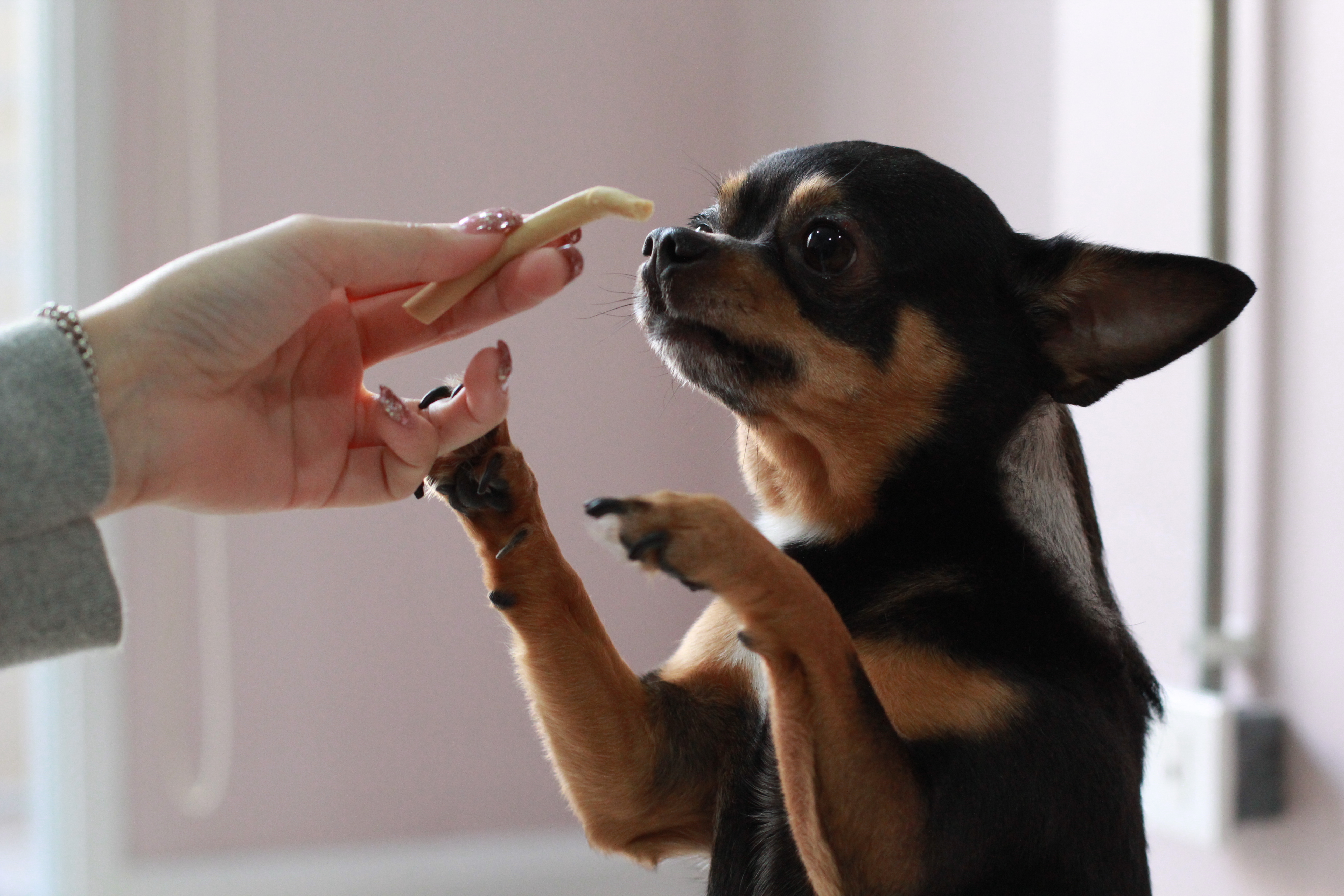Your dog or cat is an important member of your family. They provide unconditional love and are there for us on our best and worst days. Feeding them a high-quality diet that meets their nutritional needs is an essential step in showing them the same love they give you. Unfortunately, choosing a suitable cat food or dog food is confusing simply because there are so many options. Even we veterinarians can become overwhelmed when perusing the pet food aisle!
So, what should you look for when choosing your pet's diet? As your furry family member's veterinarian, we want to help you give them the best life possible. Schedule an appointment, and we'll help you better understand their nutritional needs. Additionally, here are a few suggestions on how to make the best choices for your cats and dogs.
Do Your Homework
The Internet is an excellent resource for learning more about pet food. However, be mindful of where you obtain your information. Not all sources are credible. Since most pet food manufacturers belong to the American Association of Feed Control Officials (AAFCO), their websites are the best places to find accurate, reliable information regarding exactly what's in their products.
Look for AAFCO statements when comparing diets. Any pet food the AAFCO has deemed a nutritionally complete diet will have one of two statements.

The AAFCO statements to check for when choosing pet food are:
"This product is formulated to meet the nutritional levels established by the AAFCO Dog/Cat Food Nutrient Profiles." "Animal feeding tests using AAFCO procedures substantiate that this product provides complete and balanced nutrition."
What's the difference between these two statements? Both indicate healthy food, but the second statement shows that the food has undergone rigorous testing and feeding trials to ensure its nutritional value.
Consider Your Pet's Individual Needs
Much like people, not all dogs and cats have the same nutritional needs. In the case of food allergies or sensitivities, you may need to avoid certain ingredients. Your cat might need a special diet to prevent urinary blockages, and your dog needs a diet suitable for their age and breed. In other words, a diet perfect for one animal may be entirely unsuitable for another.
If you are unsure what your pets need, bring them in for an appointment. We'll give them a checkup and may recommend routine blood screening to help you determine precisely what they need.

Make the Switch Gradually
Don't introduce a new food to your dog or cat all at once. Doing so could cause digestive upset. Instead, make the switch gradually over 10-14 days. Start by feeding them meals consisting of ¾ their current food and ¼ their new food. Slowly add in more of the new food while decreasing the old food amount.
Keep an eye on your pet during the transition, noting their overall health and appearance and any changes in their behavior or stools. Discontinue the new food and seek veterinary care if any problems arise. If your pet shows improvement, continue gradually increasing the new food while decreasing the old food amount.
Pay Attention to Portion Sizes
Finding the right brand and formula is only part of the battle. After all, feeding your pet the best food on the market will benefit their health very little if you don't measure appropriate portions. Overfeeding is a common problem among pet parents and a leading cause of obesity.
Pay close attention to the recommended daily amount of food, and give your pet portions based on their weight. We recommend at least two meals daily for both adult cats and dogs, but kittens and puppies should be fed three times daily. Also, despite common misconceptions, you shouldn't leave a large bowl of food out for your cats to eat from as they please. Most cats don't self-regulate, and obesity is common among free-fed cats.

Give Treats Sparingly
No matter how much your furry friend begs, their favorite snacks should only be a small part of their diet. Pay attention to calories and portion sizes, and make sure less than 10 percent of your dog or cat's daily caloric intake consists of treats. Also, consider healthy snacks instead of calorie-laden pet treats. Many fruits and vegetables make excellent dog treats. Some aren't safe, so research before sharing human food with your canine companion. For your feline friend, consider offering a small piece of plain cooked chicken or salmon. Many cats enjoy cooked eggs, too.
Conclusion
Making the best food choices for your cats and dogs is tricky. It's doable, though. The key is being mindful of your pet's nutritional needs and understanding how to look for high-quality food. As veterinarians, we're here to help you make the right decisions for your beloved companion. Whether you recently brought home a new puppy or kitten or have an older dog or cat who needs a change, your primary care veterinarian can help you get them on a suitable, nutritious diet.
